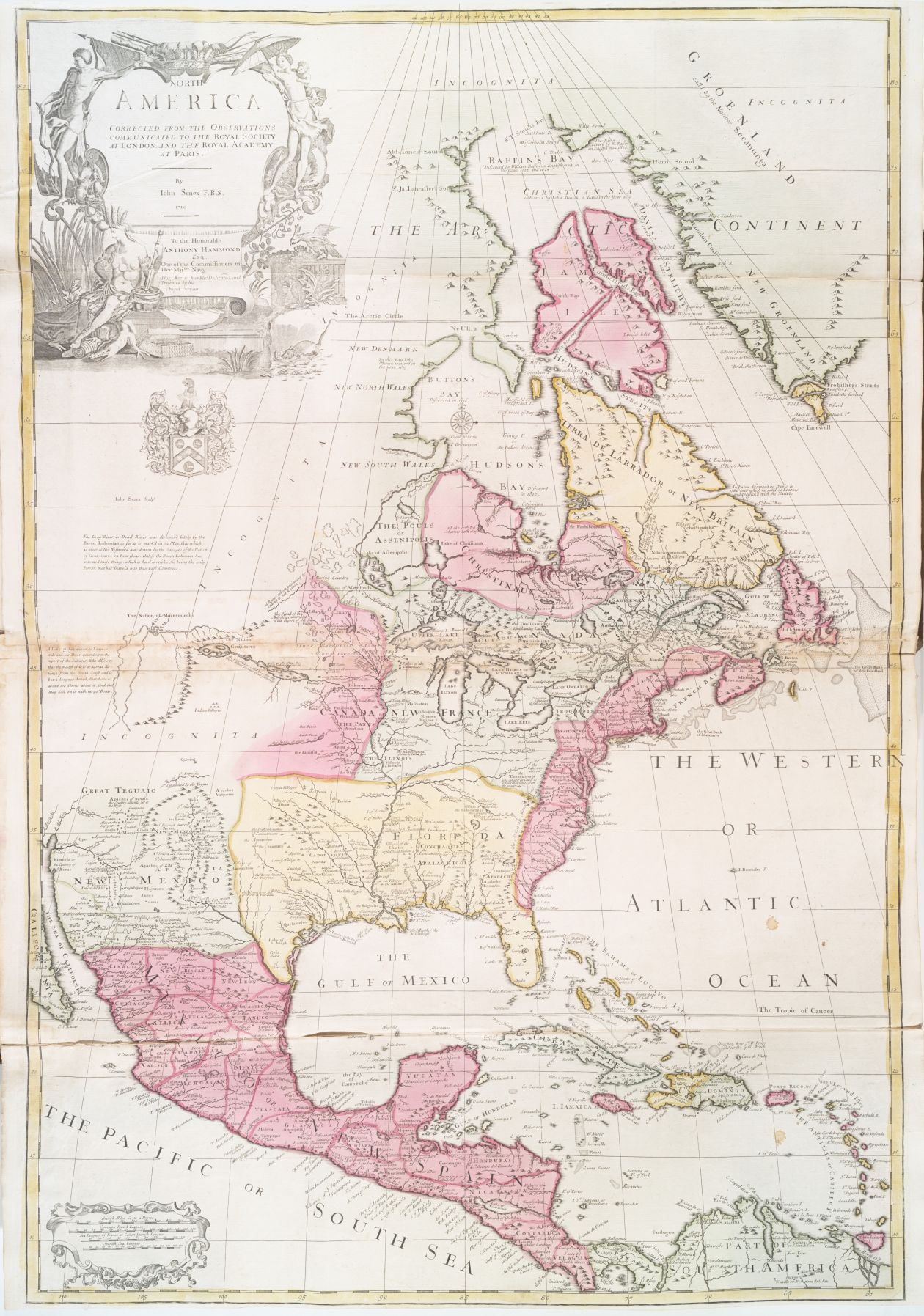
To know a place is to rule it. This course examines the relationship between maps and empire, focusing on the role of geographic knowledge in European efforts to colonize Indigenous nations in North America. Throughout, we will use maps to explore the range of relationships between European and Indigenous peoples from the early British, French, and Spanish empires to the rise of the nation-states of Canada, the United States, and Mexico. Students will study maps made by European and Indigenous mapmakers as sites for articulating and contesting power, with particular attention to the political, cultural, and material dimensions of maps. Covering a range of topics and themes, including border making, property formation, ecology, and material culture, this course will offer students an opportunity to ask what maps tell us about where we are, and how we got here.
Throughout the semester, students will have hone their interpretive skills through a sustained engagement with maps themselves, as well as reading of primary sources and secondary literature. In addition to a final scholarly research paper, digital humanities assignment will provide students with an opportunity to create and analyze a map together.
